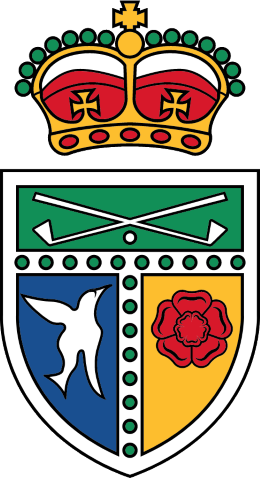
Royal Birkdale Golf Club
Tue 8
16ºC
Wed 9
16ºC
Thu 10
16ºC
Fri 11
16ºC
Sat 12
16ºC
Course Status
COURSE OPEN Updated: 28th Apr 2025
Welcome to Royal Birkdale Golf Club
Welcome to the Royal Birkdale Members' Website.
Return to the public Royal Birkdale Website

Created by intelligentgolf version 10.1.2.
Royal Birkdale Golf Club, Waterloo Rd, Southport PR8 2LX
Call Us: +44 (0) 1704 552020





